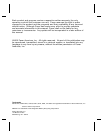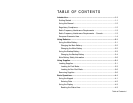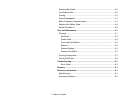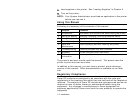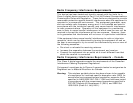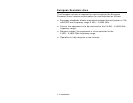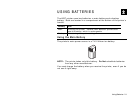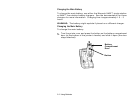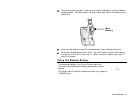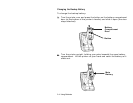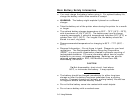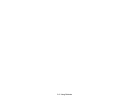
Introduction 1-3
Radio Frequency Interference Requirements
This device has been tested and found to comply with the limits for a
Class A digital device pursuant to Part 15 of the Federal Communications
Commissions Rules and Regulation. These limits are designed to provide
reasonable protection against harmful interference when the equipment is
operated in a commercial environment. This equipment generates, uses,
and can radiate radio frequency energy and, if not installed and used in
accordance with the instruction manual, may cause harmful interference
to radio communications. Operation of this equipment in a residential
area is likely to cause harmful interference in which case the user will be
required to correct the interference at his own expense. However, there
is no guarantee that interference will not occur in a particular installation.
If the equipment does cause harmful interference to radio or television
reception, which can be determined by turning the equipment off and on,
the user is encouraged to try to correct the interference by one or more of
the following measures:
♦ Re-orient or relocate the receiving antenna.
♦ Increase the separation between the equipment and receiver.
♦ Connect the equipment into an outlet on a circuit different from that
which the receiver is connected.
Radio Frequency Interference Requirements – Canada
This Class A digital apparatus meets the requirements of the Canadian
Interference-Causing Equipment Regulations.
Cet appareil numérique de la Classe A respecte toutes les exigencies du
Reglement sur le Materiél Brouilleur du Canada.
Warning: This wireless portable device has been shown to be capable
of compliance for localized specific absorption rate (SAR) for
uncontrolled environment/general population exposure limits
specified in ANSI/IEEE Std. C95.1-1992 and had been tested
in accordance with the measurement procedures specified in
FCC/OET Bulletin 65 Supplement C (2001) and IEEE Std.
1528-200X (Draft 6.4, July 2001).




